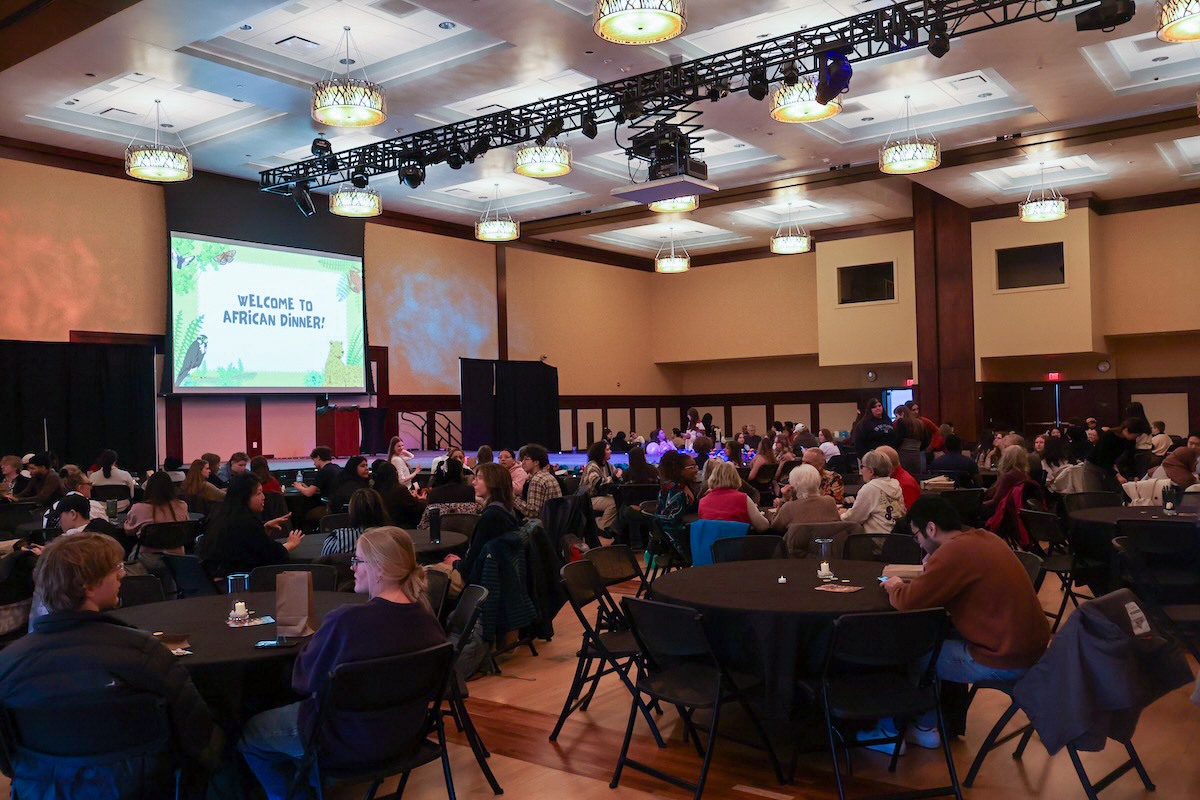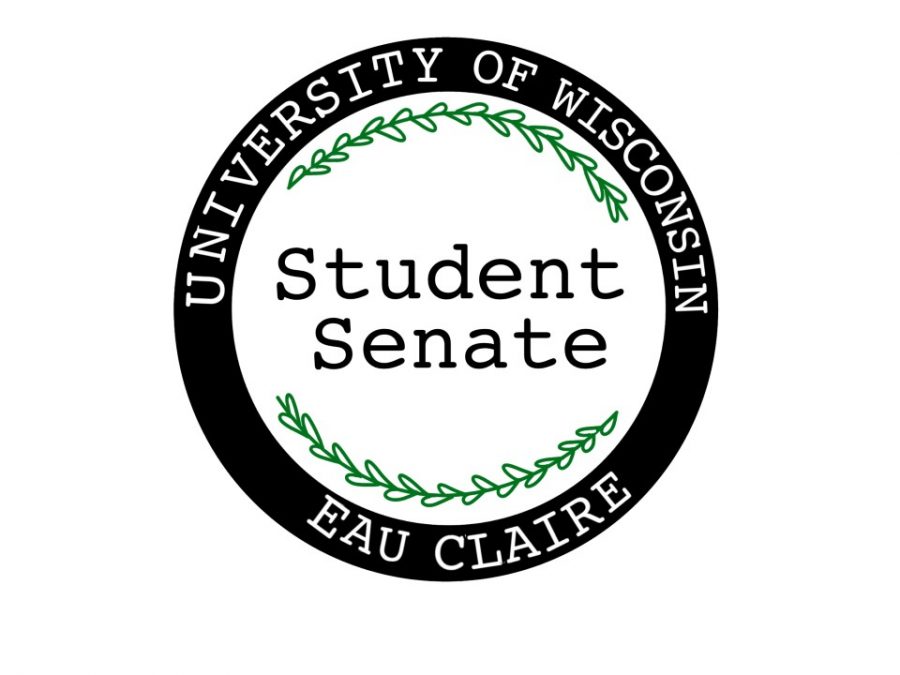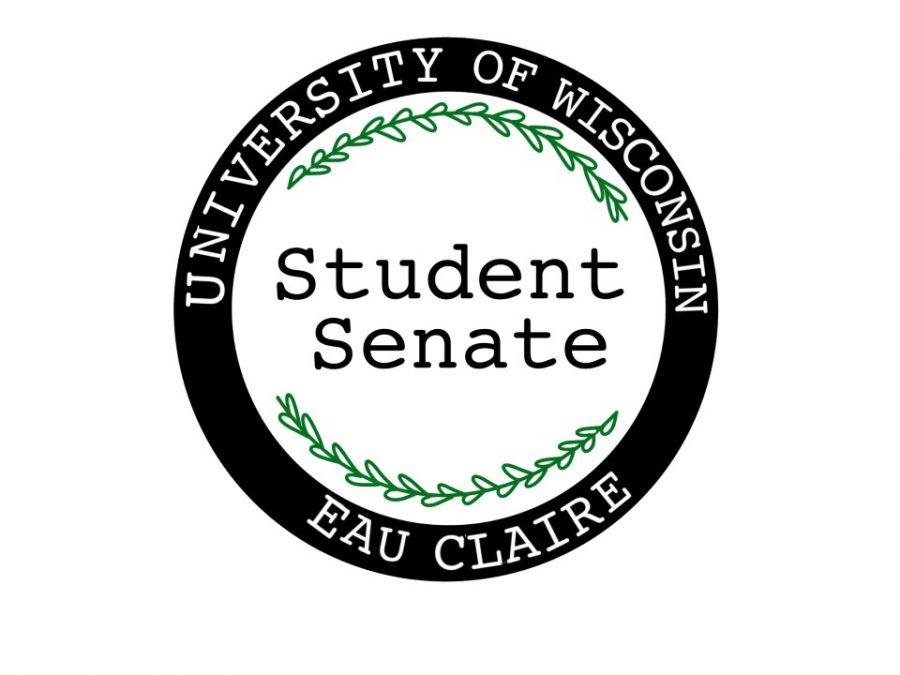For the 2011-2012 year, the Blugold Commitment differential tuition spending plan has allocated $5,018,556 to 64 different proposals that will benefit the students of UW-Eau Claire.
Since 1996, the differential tuition that students at Eau Claire paid stayed the same every year: $169 added to the cost of tuition. Last year, however, that number was increased by $300 because of the Blugold Commitment.
Now in its second year, the Blugold Commitment has raised differential tuition by an additional $300. Continuing along with the four-year start up plan, the Blugold Commitment part of differential tuition will be increased to $900 in the 2012-2013 school year, and for the 2013-2014 school year it will rise to $1,200, which is where the cost of differential tuition will stay indefinitely, Student Body Vice President Mark Morgan said.
“Certain universities have certain programs, have certain special needs,” Morgan said. “It should be a certain amount of money that is set just by the university to be used in these special practices that really make the university unique.”
Yet the increase in tuition is there to maintain the quality education that students are offered at Eau Claire, Morgan said.
“We’ve had budget cuts at the university and the ability to maintain what makes us unique, doing that with state dollars is going to be increasingly difficult,”
Morgan said.
Chancellor Brian Levin-Stankevich agreed that the Blugold Commitment allows the university to maintain its identity.
“If we didn’t have it, we’d just be cutting, cutting, cutting,” Levin-Stankevich said. “But it would be just a negative environment if that’s all you’re doing. The Blugold Commitment creates a positive energy in faculty and staff that we can actually achieve these goals that we set for ourselves and for our students more importantly.”
The goals include hiring more faculty members to decrease the student to faculty ratio, as well as expand the number of learning opportunities students have, Levin-Stankevich said.
The program that received the largest amount of the Blugold Commitment money at $960,852 was faculty-mentored student research and scholarly activity projects. This allows students to work closely with faculty members on research projects and learn from hands-on experience.
Similar to student-faculty research, but combined with a study abroad program, is the International Fellows Program, one of two proposals from the Center for International Education picked up by the Blugold Commitment this year.
The amount of $192,111 of the Blugold Commitment will be spent on the program which gives faculty and students a unique opportunity to conduct research while abroad.
This is the second year that the International Fellows Program has been approved by the Blugold Commitment. Last year, about 60 students and 20 faculty members were able to work on about 15 projects abroad, Karl Markgraf, director of the Center for International Education, said.
“It’s a unique opportunity for faculty and students to have,” Markgraf said. “You can’t do in a typical study abroad program the type of activities you can with these.”
One of the International Fellowship Program programs last year was Associate Professor of Communication and Journalism Jan Larson’s trip to Moldova. Senior broadcast journalism major Alex Luedtke was one member of the group of five people.
Luedtke said that he, Larson and the three others in their group all worked closely together to teach children and young adults about journalism, and interviewed locals to better understand their view on the media and journalists.
“In my field, you have deadlines that need to be met at a certain time and a certain standard,” Luedtke said. “(It taught me about) being in another culture and being able to adapt to that and learn to work tightly in a small group, and just being able to get things done when you need to get them done.”
The trip to Moldova gave him a learning experience that wouldn’t have been possible in the United States, Luedtke said.
“It wouldn’t have been as meaningful if it had been in the United States,” Luedtke said. “Travelling to Moldova made it that much more important.”
While not every student will choose to study abroad, Levin-Stankevich said there are many other ways the Blugold Commitment benefits students.
“There’s a small number of studs who are graduating in four years,” Levin-Stankevich said. “And part of our struggle with the state funding has been to provide enough courses at some of these ‘choke-points’ whether that be foreign language, or general education courses or composition or math. So we needed to provide more course availability. We didn’t want students not graduating because they’re not getting courses.”
One of these initiatives is the creation the Blugold Seminar, a new sort of English 110 course that features smaller class sizes, multimedia components, as well as a general theme included in the standard curriculum of the course. The program was awarded $235,670 to pay the salary of those who teach the courses.
The Blugold Seminar, the expansion of the math program, and an improved Center for Writing Excellence is proof that the Blugold Commitment will help more than just those interested in studying abroad or student research, the chancellor said.
“That,” Levin-Stankevich said, “is something all students benefit from.”







